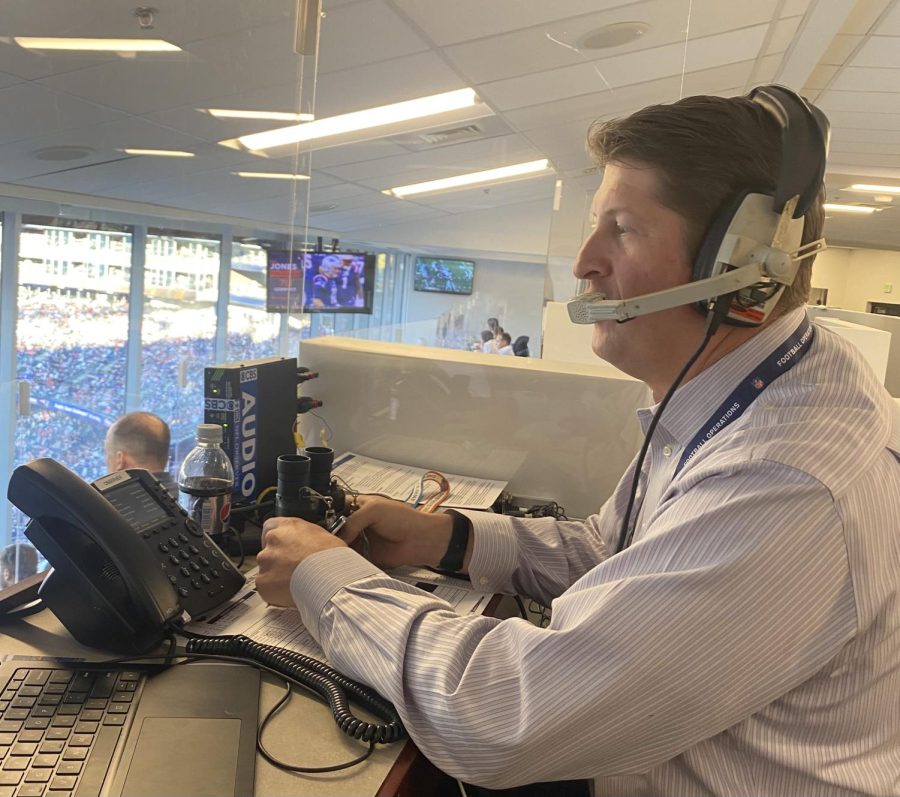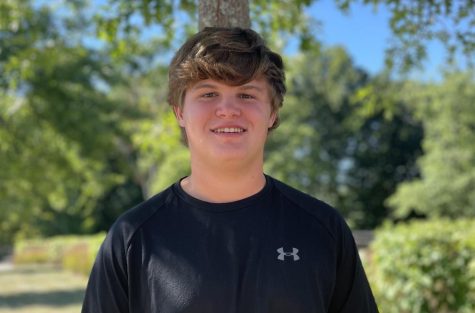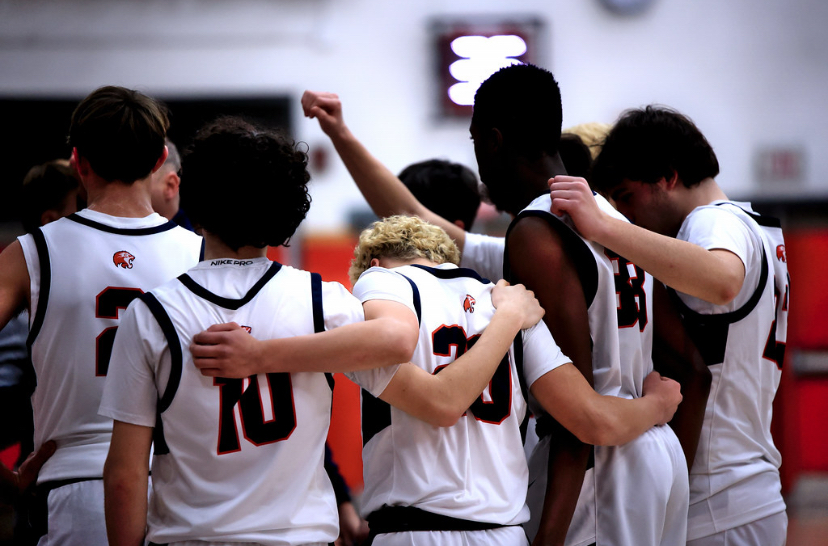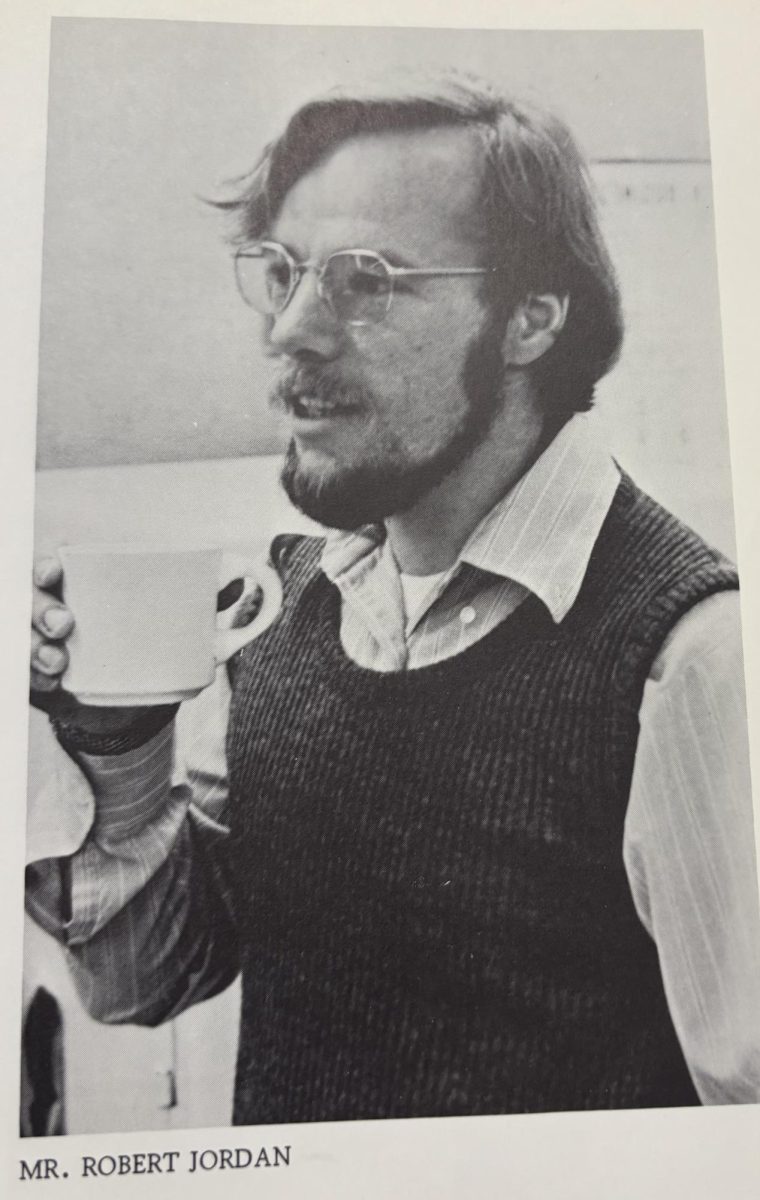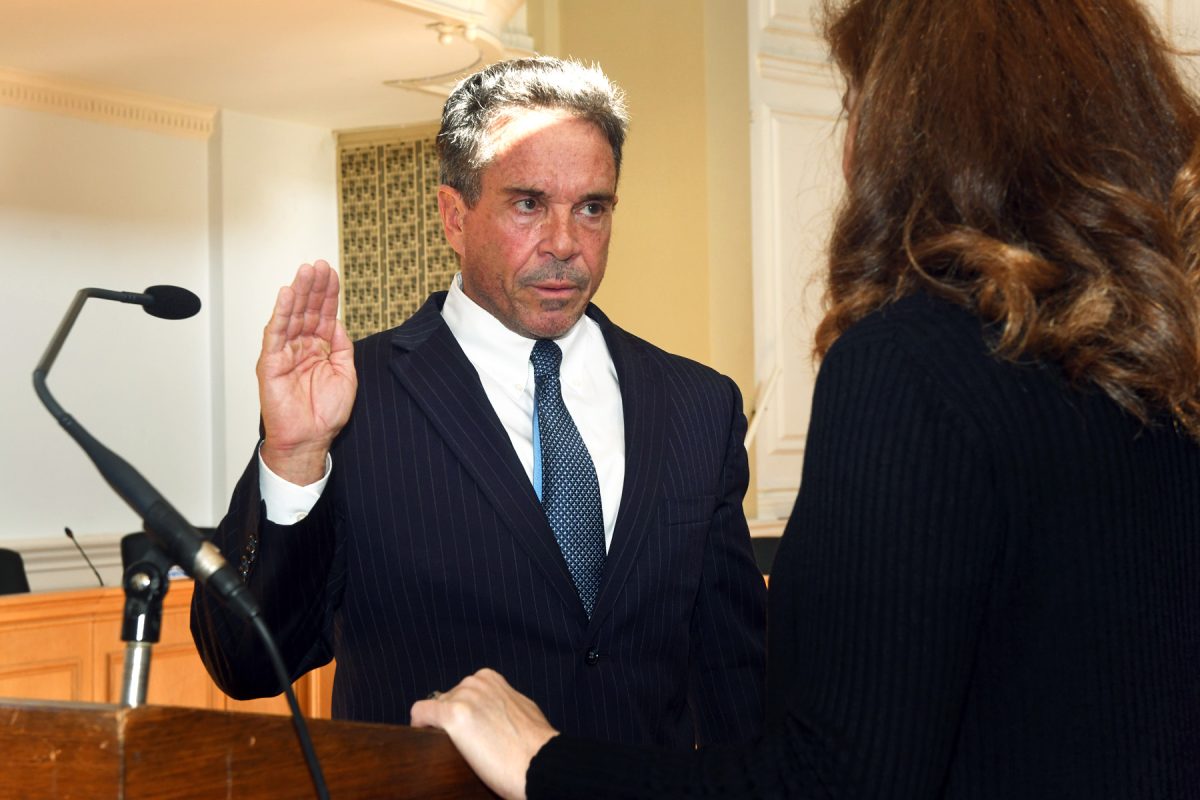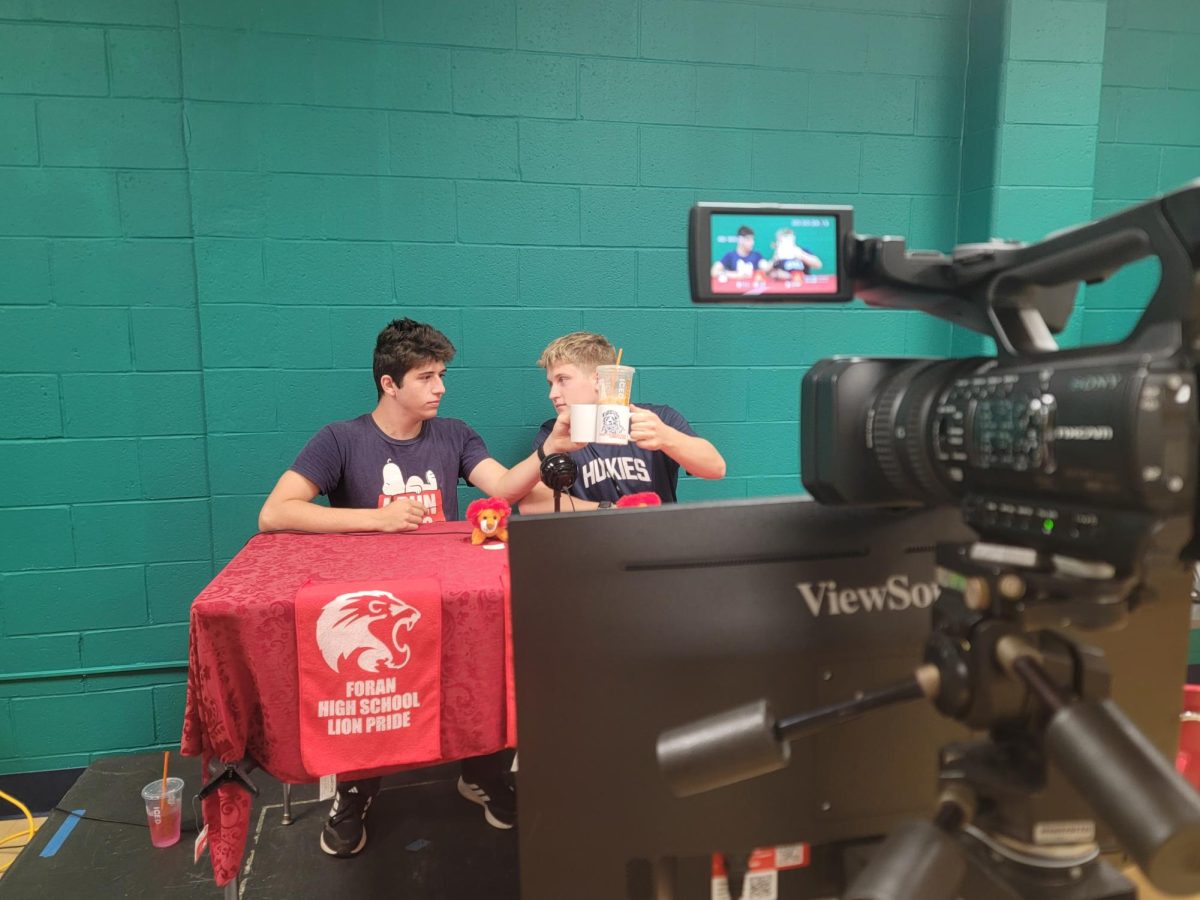An Inside Look: Broadcasting the NFL
Eric Kerzner on the headset: Kerzner working upstairs talking to the production crew and the people on the field. Photo Courtesy: Gerry Gorry, October 17, 2021.
October 29, 2021
The National Football League is no stranger to large national television views. Not only is it one of the most popular sports in the country, but it is also one of the most commonly watched sports in the world.
According to the website PlayersBio, “By no doubt, American football is the most popular sport in the United States. Simply, it garners 37% of the population, claiming it to be their favorite sport in the States. In the meantime, it is also recorded to gain the highest number of live audiences in the stadium with 67,591 than any other league.”
Foran junior Joseph Gaetano is a varsity football player. Not only does Gaetano play high school football, he is also a huge NFL fan.
When asked about the importance of NFL broadcasting in the sport he loves as well as people all over the country, he said, “NFL broadcasting helps to educate the people on what is going on around the league, and in the game that they are watching. It plays a pivotal role to inform the people on what is going on all around the league.”
However, no one really has an insight on what goes behind the scenes of the broadcasting world. A lot of brainstorming occurs behind the curtain that normal viewers are commonly unaware of. Frequent viewers and followers of the NFL never truly understand the workload and struggle behind preparing the broadcasting channels and segments for every NFL game. Common television stations that broadcast the NFL are FOX, NBC, CBS, ESPN, and NFL Network.
Eric Kerzner, a local resident of Milford, is also Vice President of Football Operations for the NFL. Kerzner has been a part of the broadcasting team as well as working in replay with the command center in New York. He often deals with logistics of rookie player and referee contracts, CBA’s (Collective Bargaining Agreement) of the players and officials, and working in the replay center; as well as working with the broadcasting team.
Before the NFL, Kerzner graduated from UConn with a bachelor’s degree in accounting. He worked at an accounting firm for roughly five years. He decided to switch careers and work for the NFL because he was highly interested in working in the sports industry. At first, they told him he was too young, which made him angry but he decided to persevere to eventually reach this goal.
Regarding the behind the scenes of NFL broadcasting, Kerzner states, “My responsibility is to make sure that they do not put breaks in awkward spots during the telecast, so that the fans sitting at home do not feel like it is in an awkward spot or affecting competitive advantage.”
Kerzner has a very involved and important role in the broadcasting aspect of the National Football League. His decisions on if timeouts are necessary, important, and/or allowed are eventually sent through a series of people and events, in order to put this timeout into effect or not.
When timeouts are alerted by Kerzner and other representatives, this message is relayed to media timeout coordinators on the sidelines. These people are referred to as green hats and orange sleeves, and their responsibility is to wave their brightly colored clothing in order to notify the referees, who then have to waive and stretch out their arms to alert a 2 minute 20 second timeout.
These timeouts that are called for by the teams participating in these games are important to conserve time during the end of the game/half, as well as giving players important rest or making sure that the play of plan is well understood This is in an effort to control game flow, while making sure momentum is not being affected. These break times are alerted to the other people, such as the announcers on the game.
Kerzner is a firm believer that broadcasting and well timed television timeouts play a huge role in the popularity, integrity, and accountability of the NFL. “Our goal is to provide the best viewing experience for the fans, and to make sure that the integrity of the game is not compromised.” Kerzner states. “Such as not giving a team a competitive advantage by allowing a commercial break that can affect the outcome of the game, like icing a kicker for two minutes while in commercial break; or not allowing TV timeout on the goal line while the defense catches their breath.”


